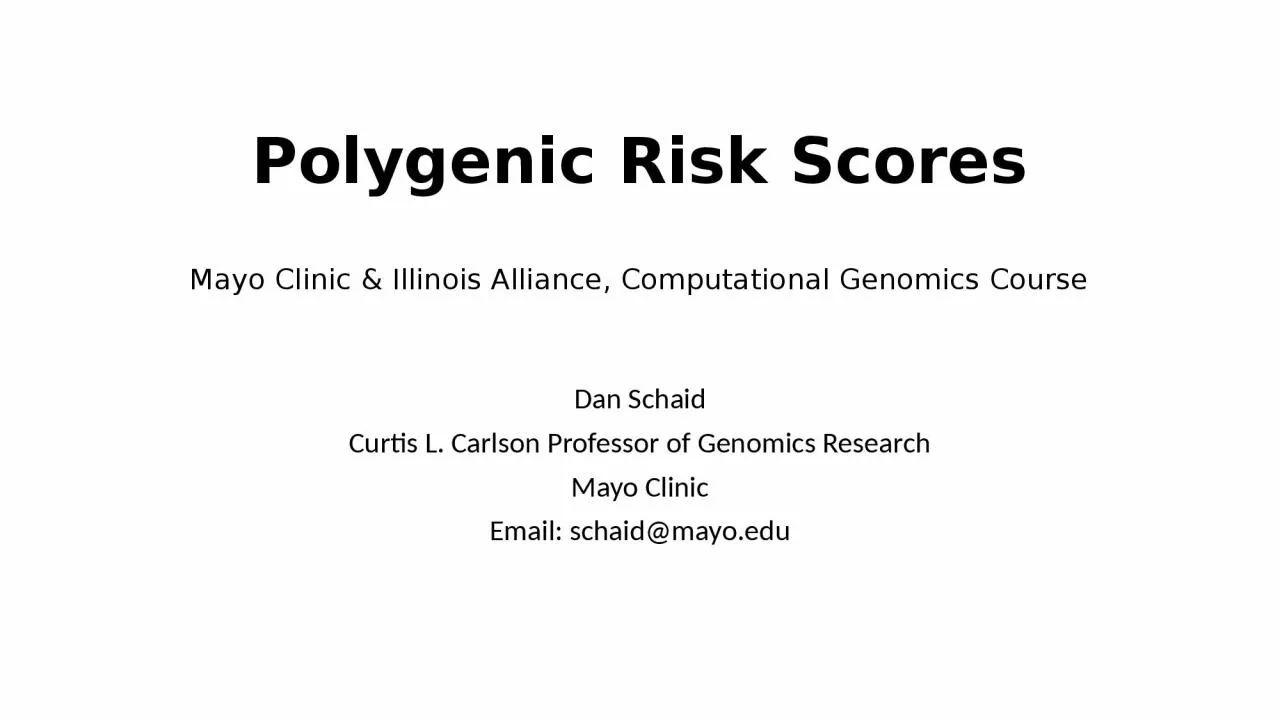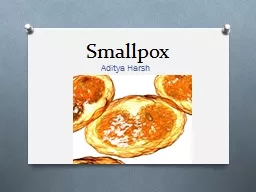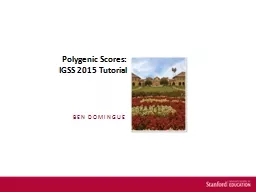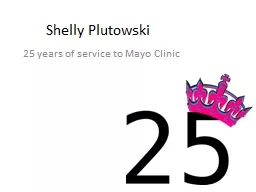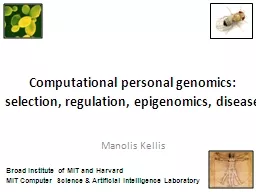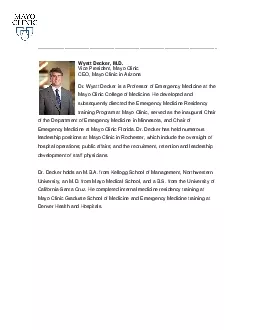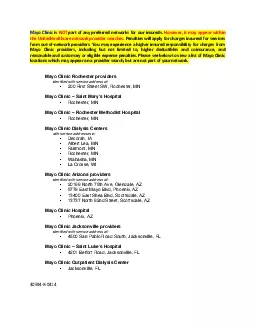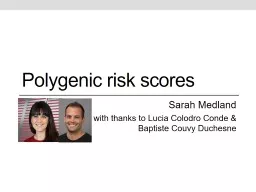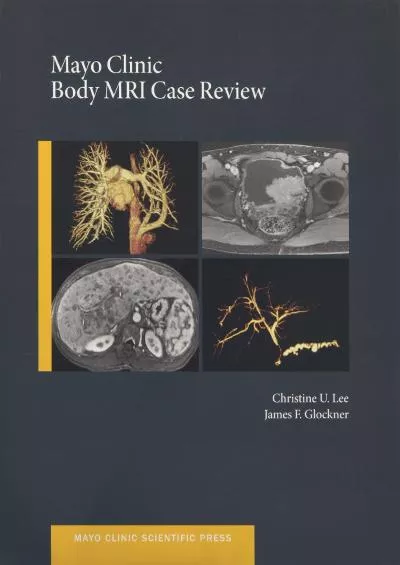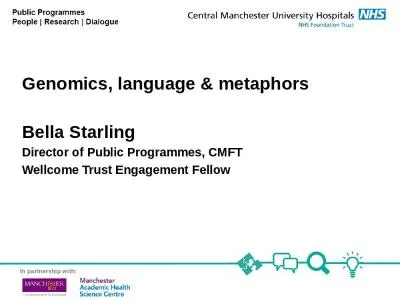PPT-Polygenic Risk Scores Mayo Clinic & Illinois Alliance, Computational Genomics Course
Author : lucinda | Published Date : 2024-02-09
Dan Schaid Curtis L Carlson Professor of Genomics Research Mayo Clinic Email schaidmayoedu Polygenic Risk Score PRS PRS Many Gene Score Weighted sum of genotypes
Presentation Embed Code
Download Presentation
Download Presentation The PPT/PDF document "Polygenic Risk Scores Mayo Clinic & ..." is the property of its rightful owner. Permission is granted to download and print the materials on this website for personal, non-commercial use only, and to display it on your personal computer provided you do not modify the materials and that you retain all copyright notices contained in the materials. By downloading content from our website, you accept the terms of this agreement.
Polygenic Risk Scores Mayo Clinic & Illinois Alliance, Computational Genomics Course: Transcript
Download Rules Of Document
"Polygenic Risk Scores Mayo Clinic & Illinois Alliance, Computational Genomics Course"The content belongs to its owner. You may download and print it for personal use, without modification, and keep all copyright notices. By downloading, you agree to these terms.
Related Documents

